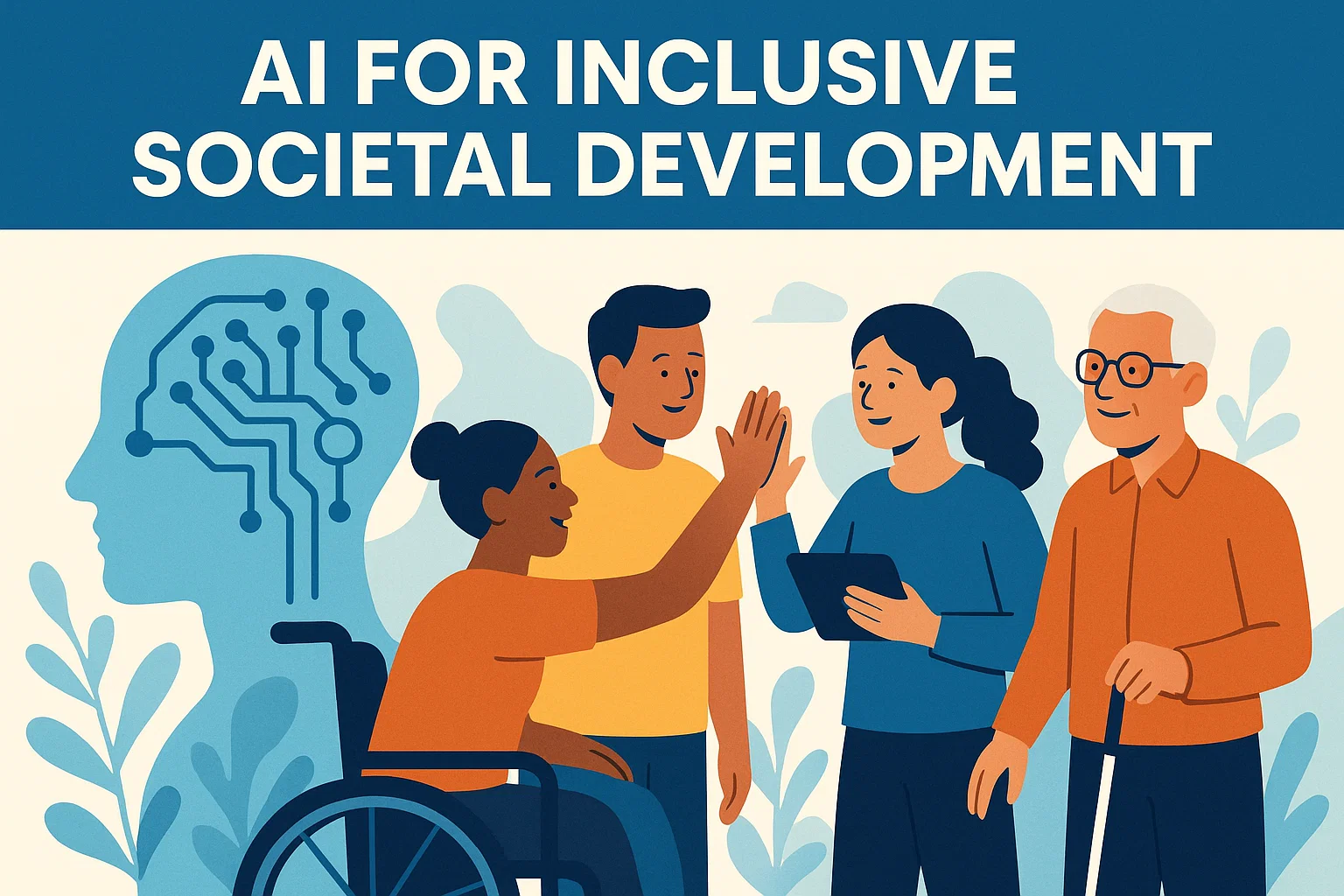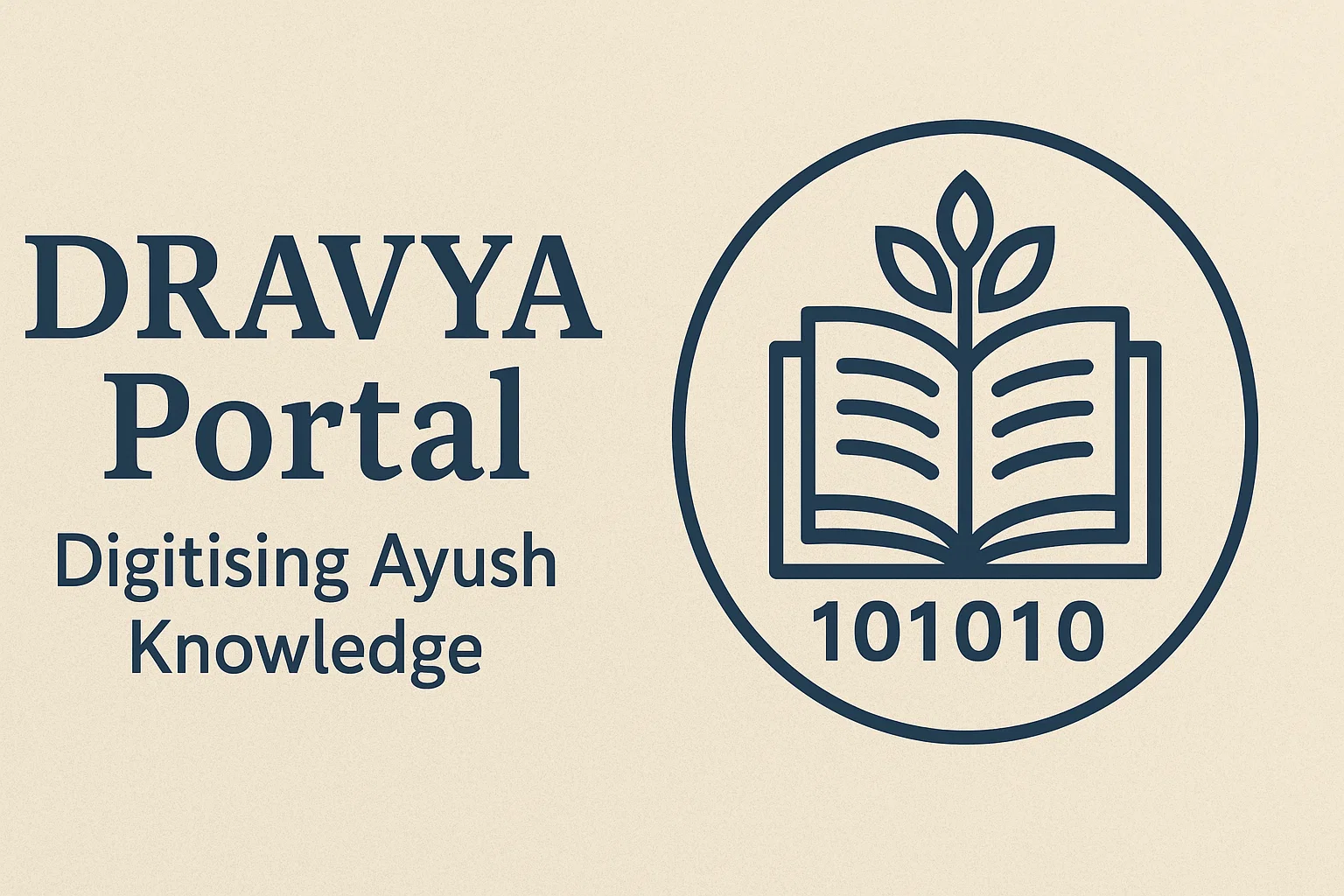Font size:
Print
India’s Criminal Justice System
A year later — colonial-era laws to new criminal codes
Context: In 2023, India took a landmark step by replacing three colonial-era criminal laws with three new legislations: the Bharatiya Nyaya Sanhita (BNS), Bharatiya Nagarik Suraksha Sanhita (BNSS), and Bharatiya Sakshya Adhiniyam (BSA).
What Role Does Technology Like CCTNS and ICJS Play in Implementing the New Laws?
- The Crime and Criminal Tracking Network and Systems (CCTNS), a key component of the Inter-operable Criminal Justice System (ICJS), has been instrumental in transitioning First Information Reports (FIRs) from the old legal framework to the new.
- Zero FIRs, though still restricted within the jurisdiction of a state, are now efficiently routed through CCTNS.
- This seamless digital transition has been possible due to strong support from the Ministry of Home Affairs (MHA).
What Is ‘e-Sakshya’ and Why Is It a Game-Changer in Criminal Investigations?
- A standout development is the introduction of the ‘e-Sakshya’ app, developed by the National Informatics Centre (NIC) in collaboration with the MHA.
- This mobile application enables real-time collection and secure storage of evidence—photos and videos with geo-coordinates and time stamps—ensuring transparency and accountability in police work.
- It is currently used to implement six critical legal provisions, including Section 105 (search and seizure) and Section 176 (videography of crime scenes) under the BNSS.
- It also restricts unofficial delegation of investigative duties and ensures that officers themselves are present on the scene, verified via ‘selfie’ documentation.
How Has the Role of Forensic Experts Evolved Under the New Legal Framework?
- A major reform under Section 176 of the BNSS mandates the presence of forensic science laboratory (FSL) experts at crime scenes.
- While forensic infrastructure is still catching up, IOs are compelled to involve FSLs, enhancing the quality of evidence collection.
- The integration of police dogs has further aided in tracking suspects.
- Upcoming institutions like the Central Forensic Science Laboratory (CFSL) and National Forensic Science University (NFSU) in Raipur are set to bolster forensic capabilities.
What Are the Practical Challenges Faced by Investigating Officers on the Ground?
- Courts do not yet access digital evidence directly through ICJS.
-
- IOs must submit physical copies via pen drives, leading to duplication and extra expenses.
- Many IOs rely on personal Android phones (version 10+, with at least 1 GB storage), as most stations lack sufficient official devices.
- Each station often has only one tablet, which is inadequate for teams with multiple officers.
- Deletion and retake options in the app are limited, especially for FIR-linked cases, which affects evidence quality control.
How Are the New Laws Influencing the Registration and Investigation of Crimes?
- While petty thefts below ₹5,000 are ambiguously treated under Section 303 of the BNS, certain organised petty crimes under Section 112 (like gambling) are being registered, raising questions due to their vague definitions.
- The use of video conferencing for witness and IO examination under Section 530 of BNSS remains underutilised.
- Moreover, post-mortem report delays continue to hinder rape and murder case investigations, although the upcoming MedLEaPR system (developed by NIC Haryana) is expected to streamline medical and post-mortem reporting.
What Steps Are Needed to Address Ground-Level Issues in Implementing the New Laws?
- Feedback from States and Union Territories is crucial to fine-tune implementation.
- Direct integration of courts with ICJS for accessing digital evidence.
- Providing government-issued smartphones or tablets to all IOs.
- Expanding mobile FSL units in every district.
- Notifying cyber forensic labs under the IT Act for better handling of digital evidence in cybercrime cases.


